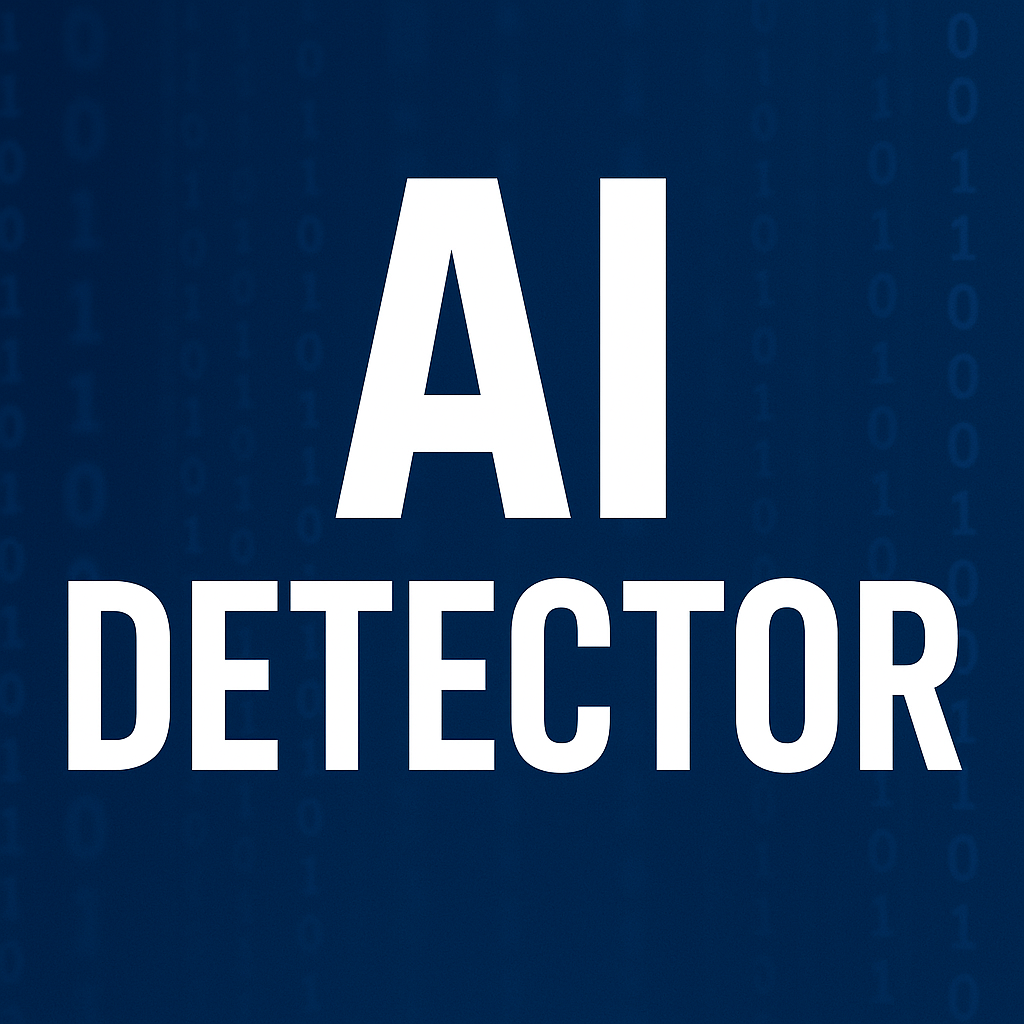
Artificial Intelligence (AI) is transforming industries, but with it comes a new challenge: distinguishing human-created content from AI-generated text. This is where an AI Detector plays a vital role. Whether for academic writing, journalism, SEO, or content moderation, AI detectors help identify if content was produced by a human or a machine.
In this article, we’ll dive deep into what an AI detector is, how it works, its benefits, limitations, and the best AI detector tools available in 2025.
What is an AI Detector?
An AI Detector is a tool that analyzes a piece of text and predicts whether it was written by a human or generated by artificial intelligence. These tools rely on advanced algorithms, natural language processing (NLP), and machine learning models to detect patterns that AI-generated content often carries.
For example:
- Human writing usually has inconsistencies and emotional nuances.
- AI writing often shows predictable patterns, higher repetition, and uniform tone.
How Does an AI Detector Work?
AI detectors work by scanning text and evaluating it against linguistic markers. Some key techniques include:
- Perplexity Measurement – Checks how predictable the text is. AI content tends to be more predictable.
- Burstiness Analysis – Human writing usually varies in sentence length and style, while AI writing is often uniform.
- Semantic Analysis – Evaluates the meaning of sentences to detect machine-like phrasing.
- Machine Learning Models – Trained on massive datasets of human and AI-generated text to identify differences.
Why Are AI Detectors Important?
The rise of generative AI tools like ChatGPT, Bard, and Jasper has blurred the lines between human and AI-written text. AI detectors are crucial for:
- Academia: Detecting plagiarism or AI-written essays.
- SEO & Blogging: Ensuring originality and avoiding Google penalties.
- Journalism: Maintaining credibility by filtering out AI-driven misinformation.
- Business: Verifying authenticity in customer communications or reports.
Limitations of AI Detectors
While AI detectors are powerful, they are not 100% accurate. Common limitations include:
- False Positives – Sometimes human-written text is flagged as AI.
- Evolving AI Models – As AI becomes more human-like, detection becomes harder.
- Context Sensitivity – Detectors may struggle with short texts or highly technical content.
Therefore, AI detectors should be used as guidance tools, not final judgment.
Best AI Detector Tools in 2025
Here are some of the top-performing AI detectors available today:
| AI Detector Tool | Best For | Key Features |
|---|---|---|
| Originality.AI | Bloggers & SEO | High accuracy, plagiarism + AI detection combined |
| GPTZero | Academia | Detects AI in essays, research, and reports |
| Copyleaks AI Detector | Businesses | Multi-language detection, integrates with LMS |
| Writer.com AI Detector | Enterprises | Easy-to-use, browser extension available |
| Sapling AI Detector | Customer Support | Real-time AI text detection for chat & emails |
How to Improve AI Detection Accuracy
If you’re using AI tools but want to avoid detection, or you want to detect more effectively, here are some tips:
- Use paraphrasing tools or manual rewriting to reduce predictability.
- Mix short and long sentences to mimic human burstiness.
- Add personal experiences, emotions, and opinions AI struggles to replicate.
- Always run text through multiple AI detectors for higher accuracy.
FAQs About AI Detector
1. Are AI detectors 100% accurate?
No, most detectors range between 70–95% accuracy, depending on the tool and content type.
2. Can AI detectors identify all AI models?
Not always. As AI evolves, detectors need continuous updates to remain effective.
3. Do search engines use AI detectors?
Yes, Google uses algorithms to identify spammy AI-generated content and may lower rankings if detected.
4. Can I bypass AI detectors?
Yes, but not recommended. Ethical writing and transparent use of AI are always safer.
Final Thoughts
The use of AI in content creation is here to stay, but so is the need for AI detectors. From ensuring originality in education to protecting authenticity in journalism, these tools are becoming essential in 2025.
While no AI detector is perfect, combining human judgment with these tools provides the best balance between innovation and authenticity.







Leave a Reply